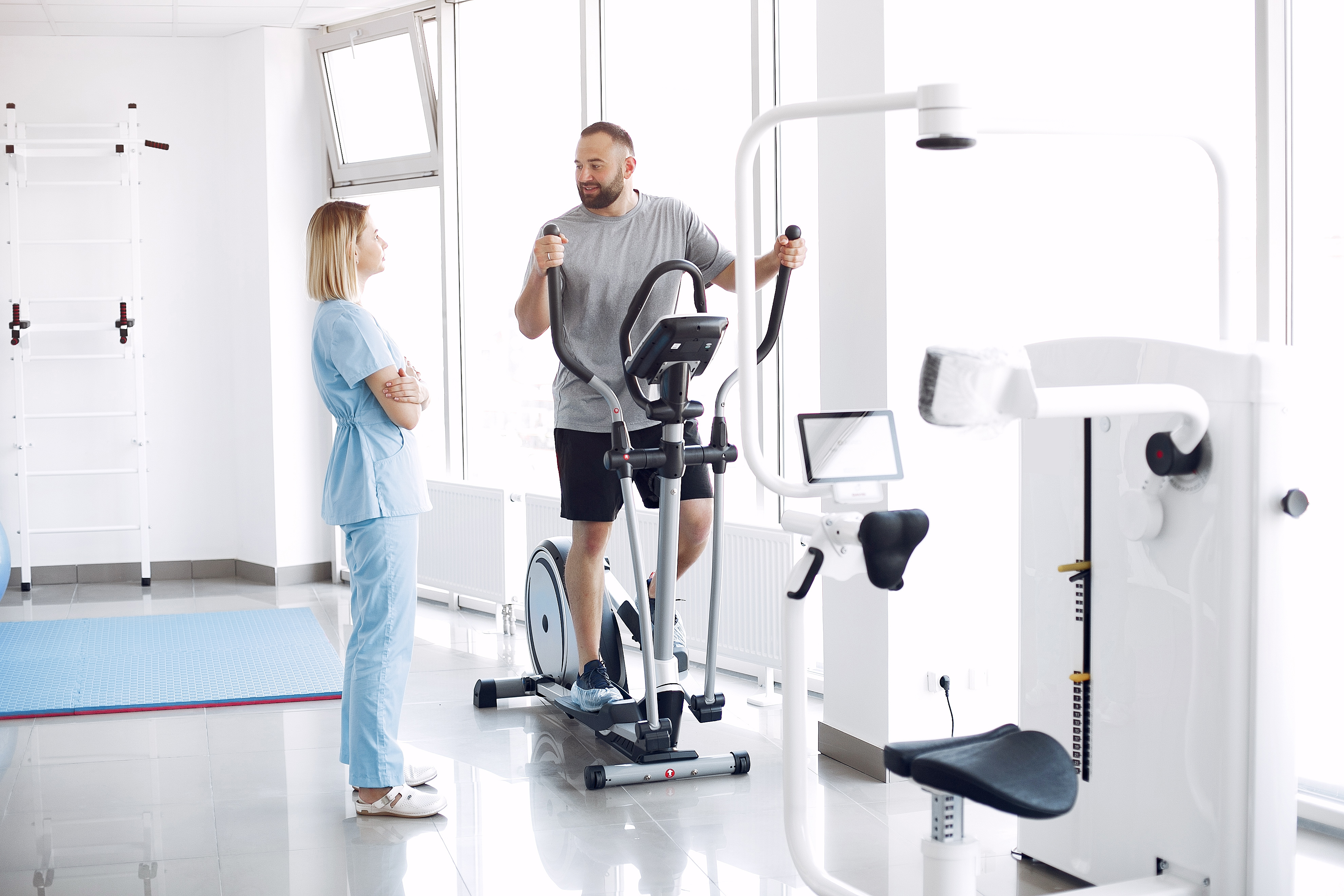Understanding Technology Addiction
In order to break free from technology addiction, it is essential to first understand what it is and recognize the signs and symptoms associated with it.
What is Technology Addiction?
Technology addiction, also known as internet addiction or digital addiction, refers to a compulsive and excessive reliance on technology and digital devices. It involves an uncontrollable desire to use technology, often leading to negative consequences in various aspects of life.
Technology addiction can manifest in different forms, such as excessive use of smartphones, social media platforms, video games, or online shopping. It can interfere with daily activities, relationships, work, and overall well-being.
Signs and Symptoms of Technology Addiction
Recognizing the signs and symptoms of technology addiction is crucial for identifying whether one has developed an unhealthy relationship with technology. While the severity and specific symptoms may vary from person to person, common signs of technology addiction include:
Signs and Symptoms
- Preoccupation with technology, thinking about it constantly
- Difficulty controlling or limiting technology use
- Neglecting personal responsibilities or obligations due to technology use
- Anxiety or irritability when unable to access technology
- Loss of interest in other activities, hobbies, or social interactions
- Physical symptoms like eye strain, headaches, or sleep disturbances
- Withdrawal symptoms when attempting to reduce technology use
- Failed attempts to cut back or control technology usage
If you or someone you know is experiencing these signs and symptoms, it may be an indication of technology addiction. Understanding the problem is the first step towards conquering it and reclaiming a healthier relationship with technology.
The Impact of Technology Addiction
Technology addiction can have significant effects on both mental and physical health. It is important to understand these impacts in order to recognize the severity of the issue and take appropriate steps to overcome it.
Effects on Mental Health
Excessive use of technology can negatively impact mental health in various ways. Here are some common effects of technology addiction on mental well-being:
Effects of Technology Addiction on Mental Health
- Increased stress and anxiety
- Poor sleep quality and insomnia
- Decreased attention span and difficulty focusing
- Social isolation and withdrawal from real-life interactions
- Depression and feelings of loneliness
- Mood swings and irritability
- Impaired cognitive function and decreased productivity
These effects can be attributed to several factors, including the constant exposure to social media, online gaming, and excessive screen time. The constant need for validation and the fear of missing out (FOMO) can contribute to feelings of inadequacy and anxiety. The addictive nature of technology can also lead to neglecting important responsibilities and relationships, further exacerbating mental health issues.
Effects on Physical Health
Technology addiction not only affects mental well-being but also has physical health implications. Here are some of the common physical effects associated with excessive technology use:
Effects of Technology Addiction on Physical Health
- Sedentary lifestyle and lack of physical activity
- Poor posture and musculoskeletal problems
- Vision problems and eye strain
- Sleep disturbances and fatigue
- Headaches and migraines
- Reduced cardiovascular fitness
The sedentary nature of technology use often leads to a lack of physical activity, which can contribute to weight gain, obesity, and an increased risk of chronic health conditions. Additionally, the prolonged use of digital devices can strain the eyes, leading to discomfort and potential long-term vision issues. The blue light emitted by screens can disrupt sleep patterns, causing difficulties falling asleep and experiencing restful sleep.
Recognizing the impact of technology addiction on mental and physical health is crucial for individuals seeking to break free from this dependence. By understanding these effects, one can take proactive steps to address the addiction, implement healthy boundaries, and regain control over their well-being.
Strategies to Overcome Technology Addiction
If you find yourself struggling with technology addiction and want to regain control over your digital habits, implementing effective strategies can help you break free from this dependency. Here are three key strategies to help you overcome technology addiction:
Setting Boundaries and Limits
One of the first steps in overcoming technology addiction is to establish clear boundaries and limits on your device usage. By setting specific rules for yourself, you can regain control and ensure a healthier relationship with technology. Consider the following strategies:
- Time limits: Set a daily or weekly time limit for using technology devices. This can be done by using built-in screen time management features on your devices or by using third-party apps that track and limit your usage.
- Device-free zones: Designate certain areas or times where technology devices are not allowed. For example, you may choose to keep your bedroom or dining area free from devices to promote better sleep and social interaction.
- No-tech periods: Incorporate regular periods of time throughout your day or week where you disconnect from technology completely. This could be a few hours in the evening or a full day on the weekends.
Digital Detox Techniques
A digital detox involves taking a break from technology to reset and recharge. It can be a powerful tool in overcoming technology addiction. Consider these techniques to help you disconnect:
- Tech-free days: Dedicate specific days where you completely disconnect from technology. Use this time to engage in offline activities, spend time with loved ones, or pursue hobbies that do not involve screens.
- Digital fasting: Challenge yourself to take short breaks from technology throughout the day. This can involve setting aside specific hours where you refrain from using your devices, allowing yourself time to focus on other activities or tasks.
- Device-free activities: Incorporate activities into your routine that do not involve technology. This can include exercise, reading physical books, engaging in creative hobbies, spending time in nature, or socializing face-to-face with friends and family.
Finding Alternative Activities
To overcome technology addiction, it's important to find alternative activities that can fill the void left by excessive device usage. Consider the following options:
- Physical activities: Engage in regular physical exercise such as walking, jogging, yoga, or any other physical activity that interests you. This not only helps distract from technology use but also promotes overall well-being.
- Hobbies and interests: Rediscover or develop new hobbies that do not involve technology. This could include painting, playing a musical instrument, gardening, cooking, or any other activity that brings you joy and fulfillment.
- Social interaction: Prioritize spending quality time with friends and loved ones. Plan activities or outings that promote face-to-face interaction and strengthen your relationships.
By implementing these strategies, you can regain control over your technology usage and develop healthier habits. Remember, overcoming technology addiction is a process, and it's important to be patient and kind to yourself throughout the journey.
Building Healthy Tech Habits
In order to break free from technology addiction, it is important to develop healthy tech habits. This section will explore two key strategies: mindful technology use and creating a balanced tech routine.
Mindful Technology Use
Practicing mindful technology use involves being conscious and intentional about how we interact with our devices. It encourages us to be present and fully engaged in the activities we choose to engage in, rather than mindlessly scrolling through social media or getting caught up in endless digital distractions.
To cultivate mindful technology use, consider implementing the following strategies:
- Set intentions: Before using your device, take a moment to set clear intentions for your tech usage. Ask yourself why you are using it and what you hope to accomplish. This helps you stay focused and avoid getting sucked into unproductive or addictive behaviors.
- Practice self-awareness: Pay attention to how you feel when using technology. Notice any signs of anxiety, restlessness, or excessive attachment. By becoming more aware of your emotions and behaviors, you can start making conscious choices about when and how you use technology.
- Create tech-free zones: Designate specific areas or times in your home where technology is off-limits. This can be in your bedroom, during meals, or during designated relaxation times. Having tech-free zones helps create boundaries and allows for more meaningful human interactions and self-reflection.
- Limit notifications: Reduce the constant interruptions and distractions by turning off unnecessary notifications on your devices. This helps you regain control over your attention and reduces the urge to constantly check your phone or other devices.
Creating a Balanced Tech Routine
Creating a balanced tech routine involves finding a healthy equilibrium between your digital life and other important aspects of your life, such as work, relationships, hobbies, and self-care. It is about establishing boundaries and allocating time for activities beyond screens.
Consider the following strategies to create a balanced tech routine:
- Set tech-free times: Designate specific periods throughout the day when you intentionally disconnect from technology. This could be during meals, in the evening before bed, or during designated "tech-free hours." Use this time to engage in activities that nourish your mind, body, and relationships.
- Engage in offline activities: Explore and rediscover activities that bring you joy and fulfillment away from screens. This could include hobbies like reading, exercising, spending time in nature, practicing mindfulness or meditation, or pursuing creative outlets.
- Establish a bedtime routine: Create a wind-down routine before bed that does not involve screens. Engaging in calming activities such as reading a book, taking a warm bath, or practicing relaxation techniques can help promote better sleep quality and reduce the negative impact of technology on your sleep patterns.
- Practice digital decluttering: Regularly assess and declutter your digital life. Unsubscribe from unnecessary email lists, delete unused apps, and organize your digital files. This not only helps you maintain a more organized digital space but also promotes a sense of clarity and reduces digital overwhelm.
By incorporating mindful technology use and creating a balanced tech routine into your daily life, you can regain control over your relationship with technology and develop healthier habits. Remember, it's important to find a balance that works for you and supports your overall well-being.
Seeking Support for Technology Addiction
For individuals struggling with technology addiction, seeking support is an important step towards overcoming this issue. There are various options available, including professional help and counseling, as well as support groups and resources.
Professional Help and Counseling
When technology addiction becomes a significant problem that affects daily life, seeking professional help and counseling can provide valuable guidance and support. Mental health professionals, such as therapists or psychologists, can help individuals address the underlying causes of addiction and develop strategies to manage it effectively.
Counseling sessions may involve exploring the individual's relationship with technology, identifying triggers and patterns of addictive behavior, and developing coping mechanisms to reduce reliance on technology. Additionally, therapists can assist in improving overall well-being and mental health, as technology addiction often coexists with other mental health conditions.
Support Groups and Resources
Support groups and resources can play a crucial role in helping individuals overcome technology addiction. These groups provide a safe and understanding environment for individuals to share their experiences, learn from others, and gain support from peers facing similar challenges.
Online and in-person support groups are available, offering opportunities for individuals to connect with others who are going through similar struggles. These groups often provide a platform for discussing coping strategies, sharing success stories, and offering encouragement.
In addition to support groups, there are various resources available that provide information and guidance on managing technology addiction. These resources may include books, websites, articles, and podcasts that offer practical tips, insights, and techniques for reducing screen time, setting boundaries, and developing healthier relationships with technology.
Seeking support through professional help, counseling, support groups, and resources can significantly aid individuals in their journey towards conquering technology addiction. Remember, it's important to find the approach that works best for you and to be patient with yourself throughout the process. With the right support and determination, breaking free from technology addiction is possible.
Sources
https://www.touro.edu/news--events/stories/how-to-avoid-technology-addiction.php
https://www.inspiringleadershipnow.com/how-to-overcome-tech-addiction
https://www.ncbi.nlm.nih.gov/pmc
https://www.journalofaccountancy.com/newsletters/break-digital-addiction
https://www.sandstonecare.com/technology-addiction

.jpg)
.png)
.png)


.png)
.png)
.png)
.png)



